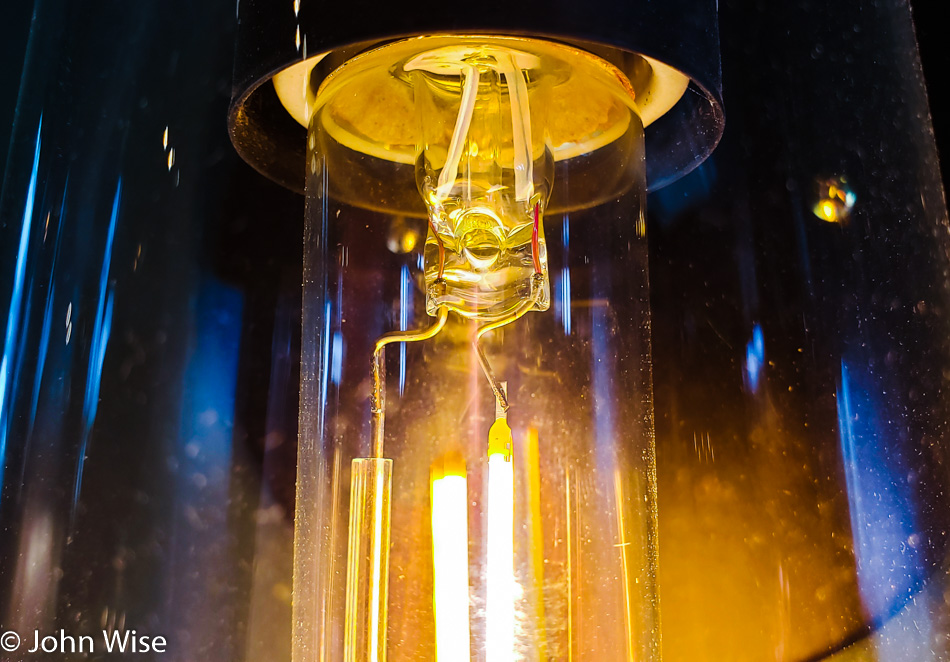
It’s seeping through our minds and there will be no stopping it because it’s smaller than the size of an electron, it’s as ephemeral as a photon, as elusive as the neutrino, and as ubiquitous. What is this energy that permeates our ether that can appear to travel everywhere? It is the digital age of information dispersion and with it arrives a modern-day renaissance of mind and art manifesting a convulsion, creating a gulf among generations that appear to be on opposing trajectories. Grabbing hold and harnessing this driving momentum requires a new science, one whose tools are finessed by the sensor, algorithm, and gesture. One and all, we must become technicians versed in the manipulation and interpretation of signal and frequency.
A transposition of mind is required but is being fought by an aging population afraid of the loss of control and influence. They have become anachronistic within our lifetimes and cling to their archaic methods and analog ways. There is little solace to be offered as they fail to reignite their former glow that is looking like the fading light of the aurora as dawn brushes the night aside.
The rise of digital complexity started its ascent decades ago, but its true nature as an infiltrator and evolutionary overlord is just now being reckoned with. Little did we understand as a species that the combined efforts of Gottfried Leibniz, Joseph Jacquard, Charles Babbage, William Shockley, and Jack Kilby across the centuries were going to unsettle every aspect of life as we know it.
Influenced by the I Ching, Leibniz refined our present-day binary number system in the 17th century, while Joseph Jacquard, in the following century, gave us a programmable loom controlled by punched cards that would inspire Charles Babbage to lay the foundation of the computer. William Shockley and his creation of the transistor were followed by Jack Kilby’s invention of the integrated circuit; both would be the cornerstones of our present digital age and personal computing devices.
Of course, things like electronic communication, starting with the telegraph leading to the telephone and internet along with the television and then the technology of CCDs, operating systems, wireless technology, and smartphones, have all played pivotal roles, too.
These events were, in some ways, isolated bits of history that appeared mostly as incremental advances pushing forward the ability and convenience we humans would benefit from. As the 21st century arrived, there was a speed of change that eclipsed the popular zeitgeist and the ability to recognize its broader impact. A relatively small pocket of our intellectual world was evolving at the speeds our fiber optics and fastest CPUs were able to churn through in order to deliver a new viral form of communication, where cat videos were being exchanged instantly, globally. We, on the other hand, were distracted by this saturation of information for idiots, which was, in effect, blinding us from our personal responsibilities.
In the crush of this technological revolution, the distraction brought on by the spectacle of a previously unimagined universe took us from goat.se and Two Girls One Cup to beheadings and witnessing mass destruction in earthquakes and tsunamis while we were gulping down reality television and sharing nonsense that was not affording us a clear view of what our own roles would be when the digital dust settled. Out of this trash and noise rose the building blocks that, when sprinkled with the water of imagination, will give form to a new paradigm of communication that will transcend all of our previous efforts.
The reason for this supposition is that in our histories, we have acted primarily on the local level even when local was country-, state-, or nationwide. Our current condition is global, if not universal, in that we are able to consume, communicate, and exchange nearly all things relatively instantaneously around our Earth. Modern transportation and communication allow us to know this larger world; the immediacy that is currently happening is like a hyper-accelerated version of history that turned ancient forests into coal and sea creatures into oil. Their carbon changed over millennia into a usable energetic material, allowing our modernity to take the shape of convenience. And like those hydrocarbons that would propel us down the road of innovation, we humans of this age are now responsible for converting our decaying information into a new type of knowledge that will propel us into the future, where wisdom will drive our evolution.
Here is our disconnect. While we’ve been entertaining ourselves to death, the force of nature has been busy creating the conditions that will task us with the herculean chore of rearranging the molecular structure that is embodied in the fabric of our existence and that of being knowledge-driven entities. How, then, do we go about placing the 21st-century equivalent of the shovel into the clutch of humans who need to get to work building our future?